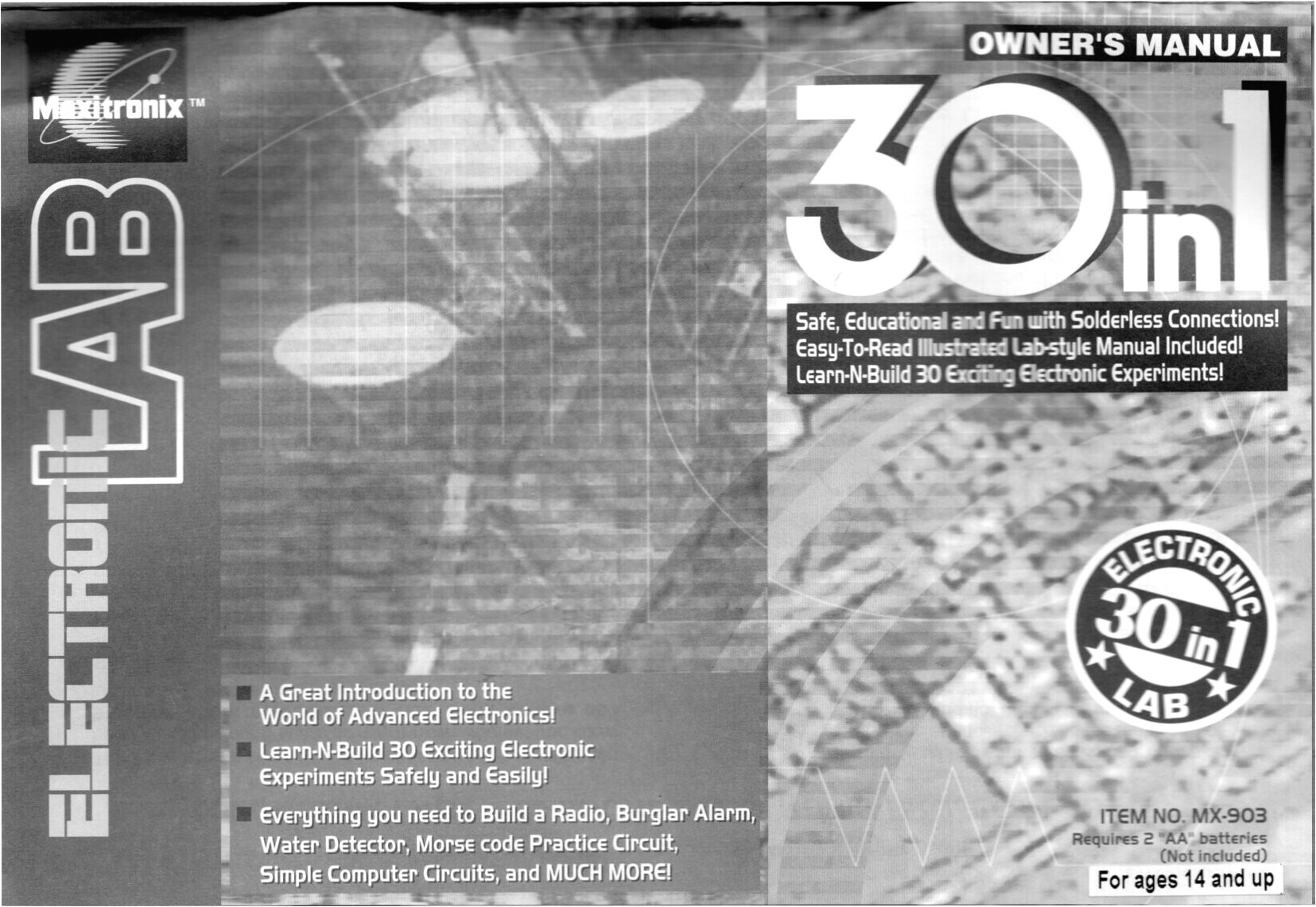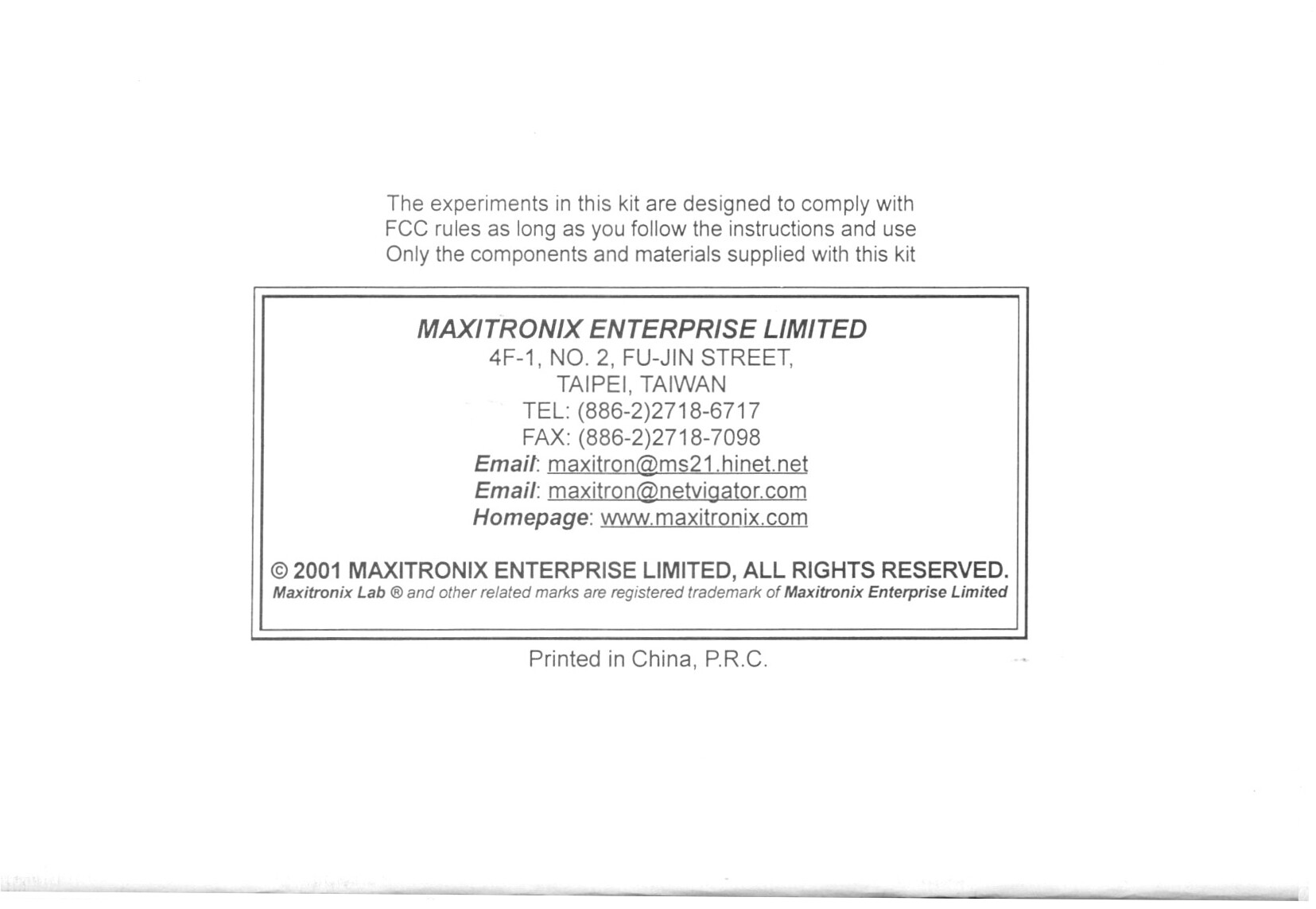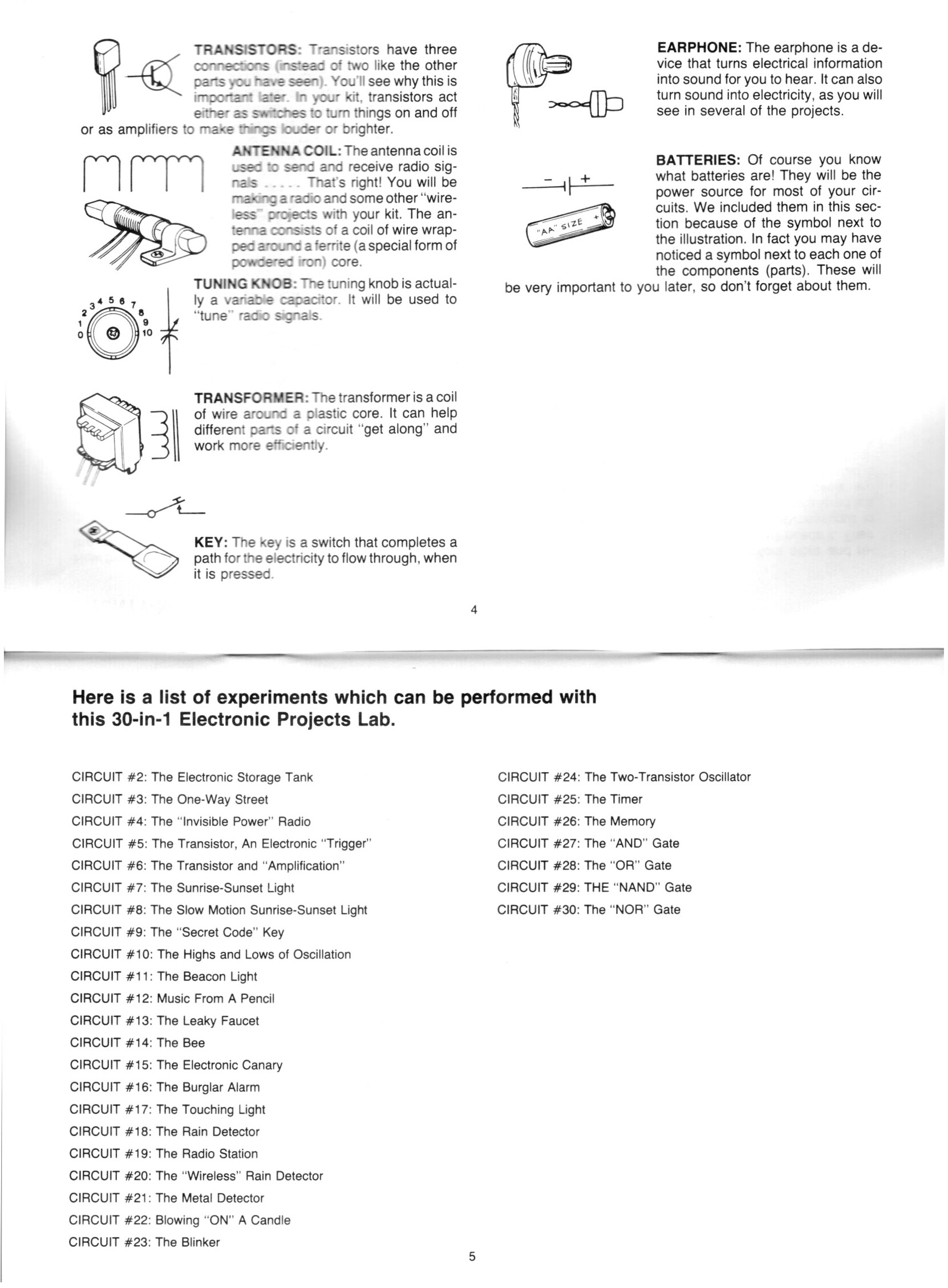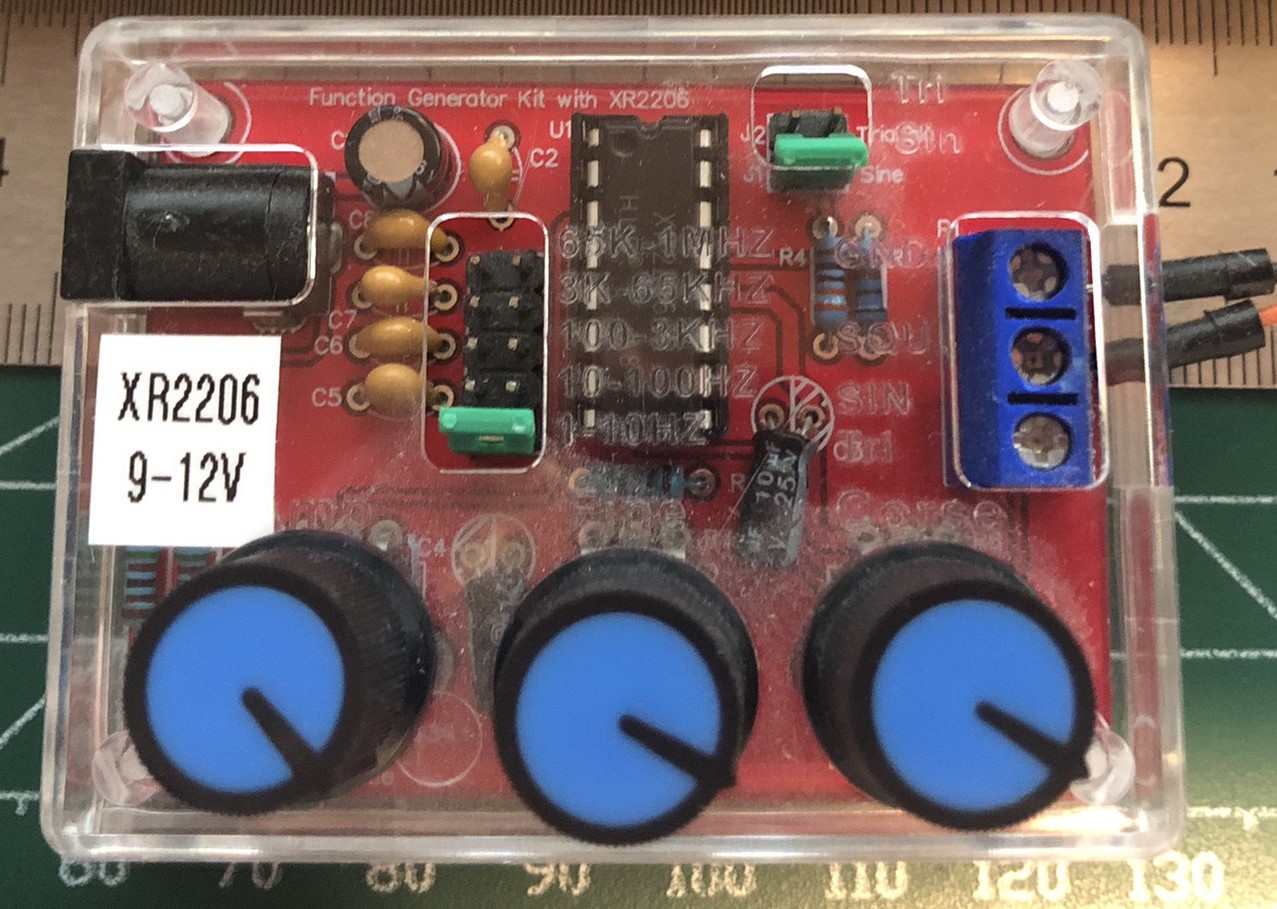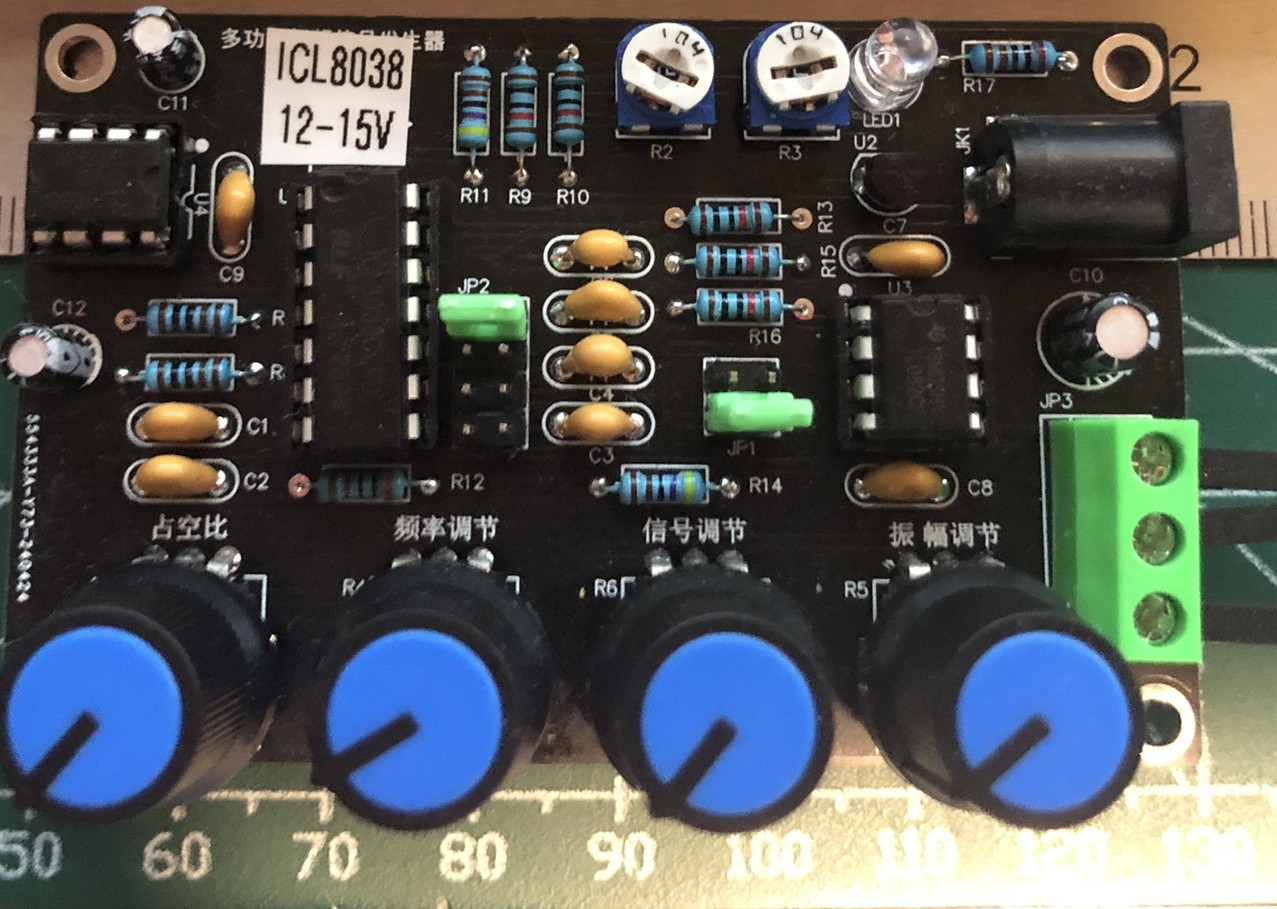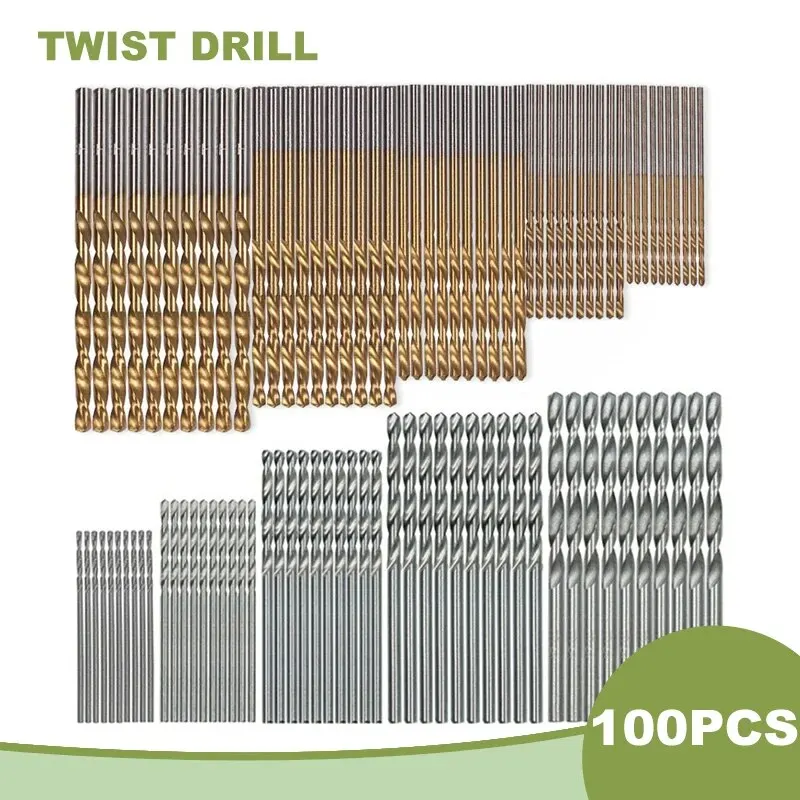This post is part of my video blog and you can find more information about this video over here.
You can support this channel on Patreon: patreon.com/JohnElliotV
This project’s homepage is here: John’s wiki § Learning the Art of Electronics.
In this video we introduce a new feature of the show. In these segments we will be working through Learning the Art of Electronics.
We will be doing a total of 27 videos for this feature. 25 labs, this introduction, and a conclusion. Videos will come out on the first Tuesday of every month (hopefully!).
We did a new book teardown for this book last year: New Book Teardown #3: Learning The Art of Electronics: A Hands-On Lab Course (2016) | In The Lab. You can see in the comments a number of people encouraged me to make videos for this book, so that’s what we’re doing now.
Also a shout out to my mate over on Learning as a hobby for encouraging me to undertake this project.
Thanks very much for watching! And please remember to hit like and subscribe! :)
Following is a product I use picked at random from my collection which may appear in my videos. Clicking through on this to find and click on the green affiliate links before purchasing from eBay or AliExpress is a great way to support the channel at no cost to you. Thanks!
JST XH2.54 6pin Pre-crimped Connector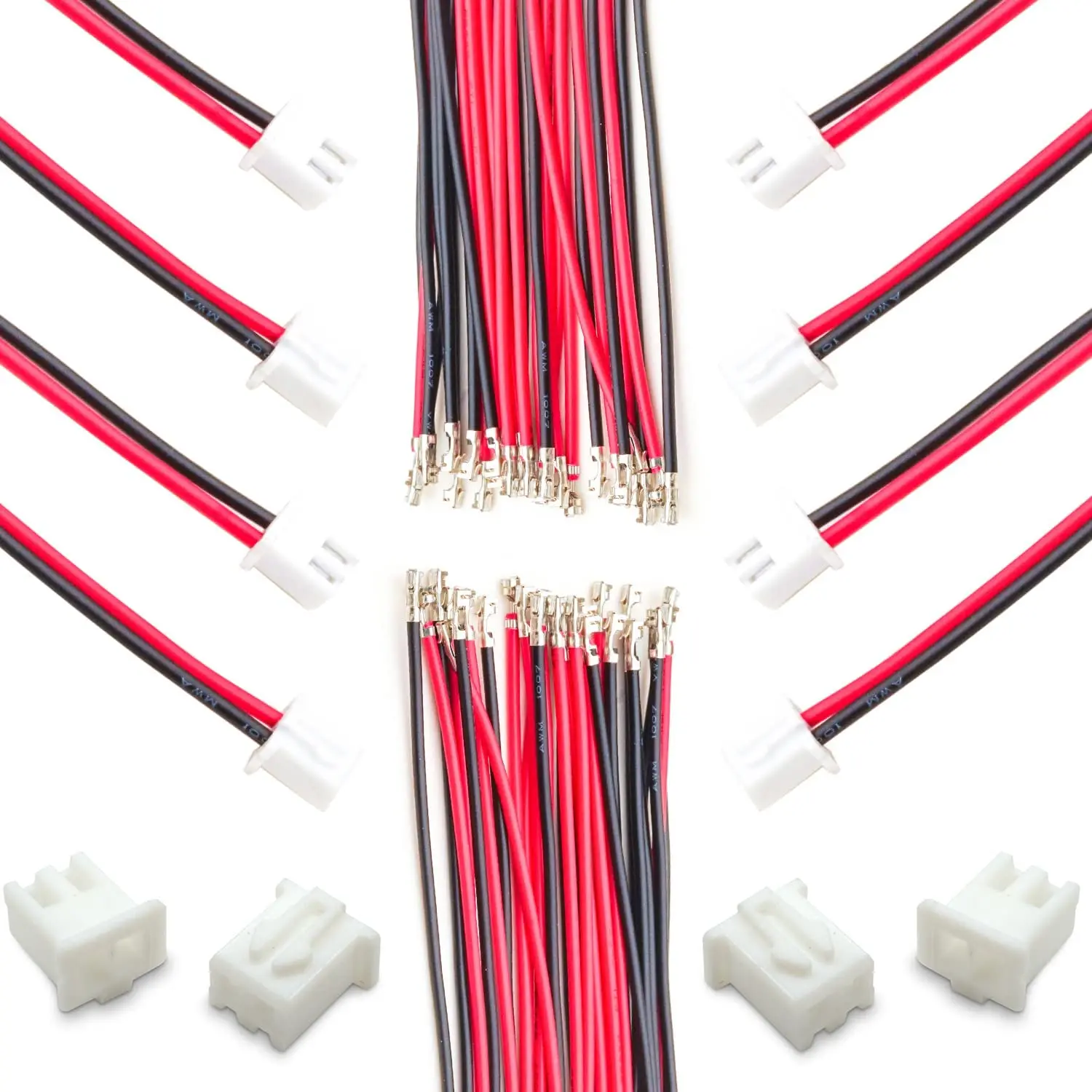 |
Let’s go shopping!

